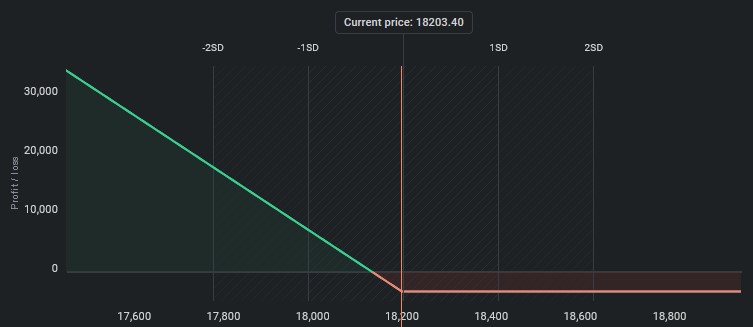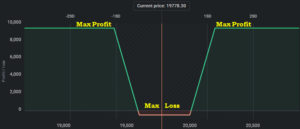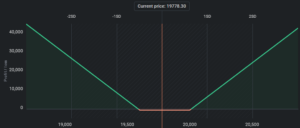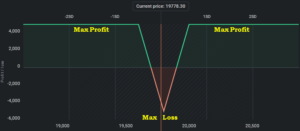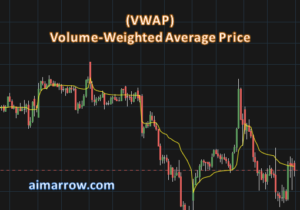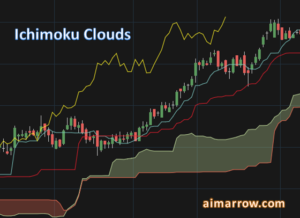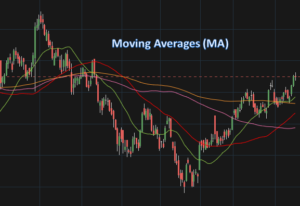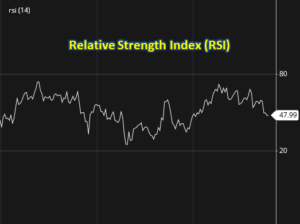Buy Put Options Trading Strategy | Step-by-Step Execution Process, Payoff Graph, Pros & Cons, Adjustments
Introduction: Options trading can provide investors with a flexible way to hedge against market risk or speculate on future price movements. One popular options trading strategy is the ‘Buy Put’ strategy. In this strategy, an investor buys a put option with the hope that the underlying asset’s price will decline, thus resulting in a profit. In this article, we will discuss the Buy Put options trading strategy, step by step process, pros and cons, payoff graph, and adjustments in profit and loss.
What is a Buy Put option?
A put option is a financial contract that gives the holder the right but not the obligation to sell a specific underlying asset at a specific price within a specified time frame. In other words, the holder of a put option has the right to sell the underlying asset at a fixed price, known as the strike price, before the option expires. The Buy Put options trading strategy involves purchasing a put option with the expectation that the price of the underlying asset will fall below the strike price.
Example of Buy Put option strategy Let’s assume that you believe that the price of XYZ stock, which is currently trading at $50, will fall in the next few weeks. You could execute a Buy Put strategy by purchasing a put option with a strike price of $45 for $2 per share, expiring in three weeks. This means that you have the right to sell the shares of XYZ stock for $45 each at any time during the next three weeks.
Step-by-step process of executing a Buy Put strategy
The following are the steps to execute a Buy Put strategy:
- Identify the underlying asset – Select the asset that you want to trade, such as a stock, index, or commodity.
- Determine the strike price and expiration date – Choose the strike price and expiration date of the put option that you want to buy. The strike price is the price at which you have the right to sell the underlying asset. The expiration date is the date on which the option contract expires.
- Buy the put option – Purchase the put option by paying the premium to the seller. The premium is the price that you pay for the option contract.
- Monitor the position – Keep track of the underlying asset’s price movement and the value of your put option.
Pros and cons of Buy Put strategy
The Buy Put strategy has several advantages and disadvantages, including:
Pros:
- The strategy can protect an investor from potential losses if the price of the underlying asset declines.
- The strategy has limited risk since the maximum loss is limited to the premium paid for the option contract.
Cons:
- The strategy requires an accurate prediction of the underlying asset’s price movement.
- The strategy has a limited profit potential since the maximum profit is the difference between the strike price and the price of the underlying asset, minus the premium paid for the option contract.
Payoff graph for Buy Put strategy
The payoff graph for a Buy Put strategy is a downward-sloping line that represents the maximum profit and a horizontal line representing the maximum loss.
Adjustments to the Buy Put strategy in profit and loss
In a profitable Buy Put strategy, an investor can either sell the put option to lock in profits or exercise the option to sell the underlying asset at the strike price. If the investor chooses to exercise the option, they would need to purchase the underlying asset at the current market price and sell it at the strike price.
In a losing Buy Put strategy, an investor can either hold onto the put option in the hope that the underlying asset’s price will decline or sell the option to limit losses.
Conclusion
The Buy Put options trading strategy can be an effective way for investors to hedge against market risk or speculate on future price movements. However, investors should be aware of the risks involved, including the possibility of inaccurate predictions and limited profit potential.
By carefully selecting the underlying asset, strike price, and expiration date, investors can increase the chances of a successful Buy Put strategy. Additionally, investors should monitor the position closely and be prepared to make adjustments as necessary to minimize losses and maximize profits. Overall, the Buy Put strategy can be a useful tool for investors seeking to protect against potential losses or profit from downward price movements in the market.
